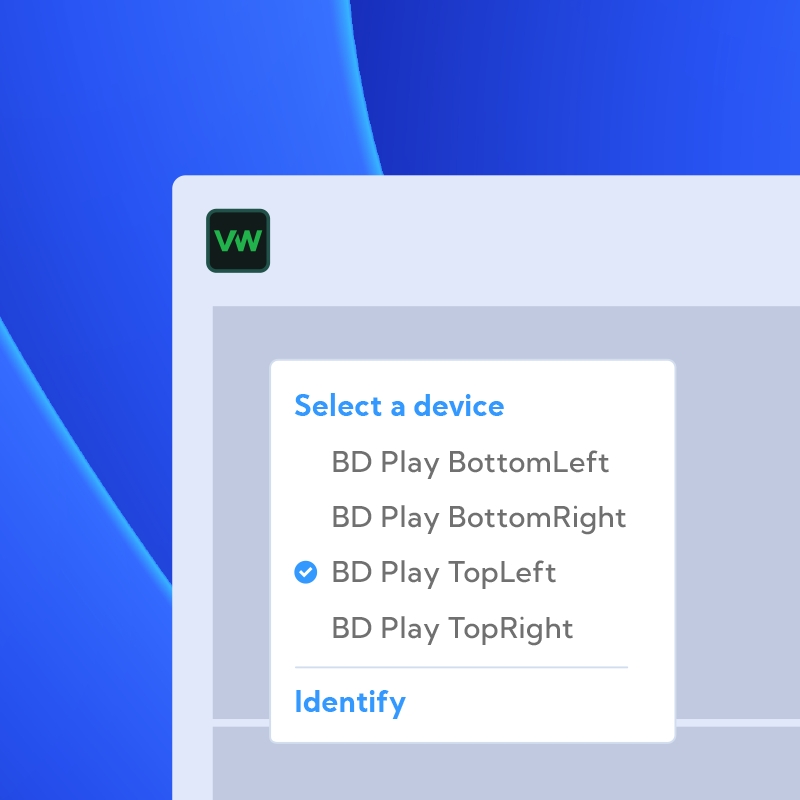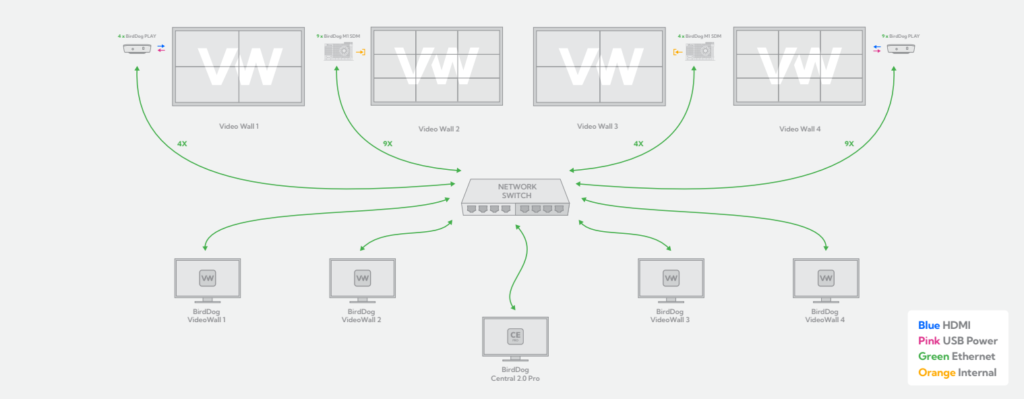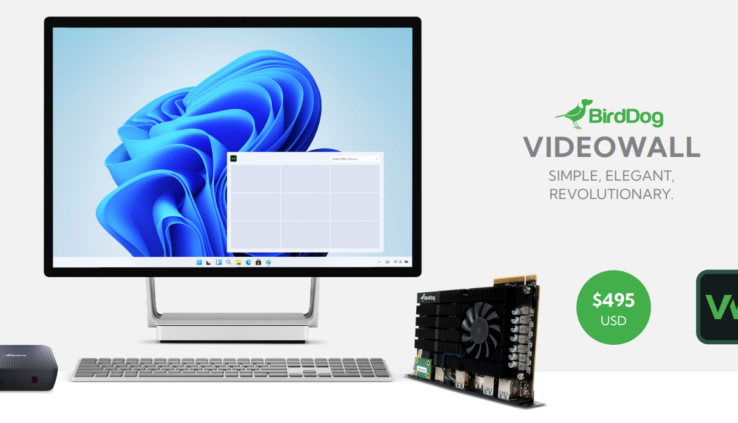NEW PRODUCT ALERT: BirdDog VideoWall
By Jennifer P

Complex Video Walls Made Easy.
VideoWall is simple, yet powerful, way to display NDI® and NDI® HX video files across multiple screens to create video walls. Simply choose either a 2×2 or 3×3 screen layout, assign your PLAY or SDM to each screen, and choose the NDI® video file.
Choose Your Receiver.
VideoWall supports both BirdDog PLAY and BirdDog M1 SDM to create fully networked and low-cost videowall displays.
4K. 60fps.
VideoWall supports input resolutions up to 3840×2160 and frame rates up to 60fps.
NDI® and NDI®|HX.
VideoWall supports NDI, NDI HX2, and NDI HX3 with all the latest and greatest NDI 5 functions including Reliable UDP transmission protocol.
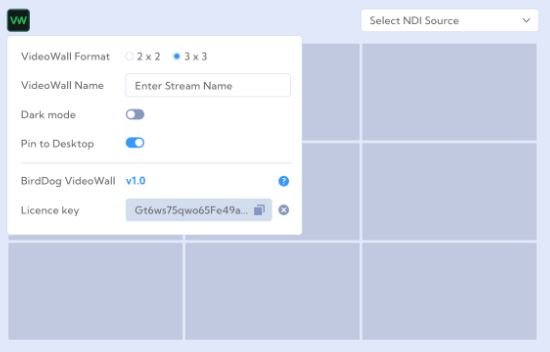
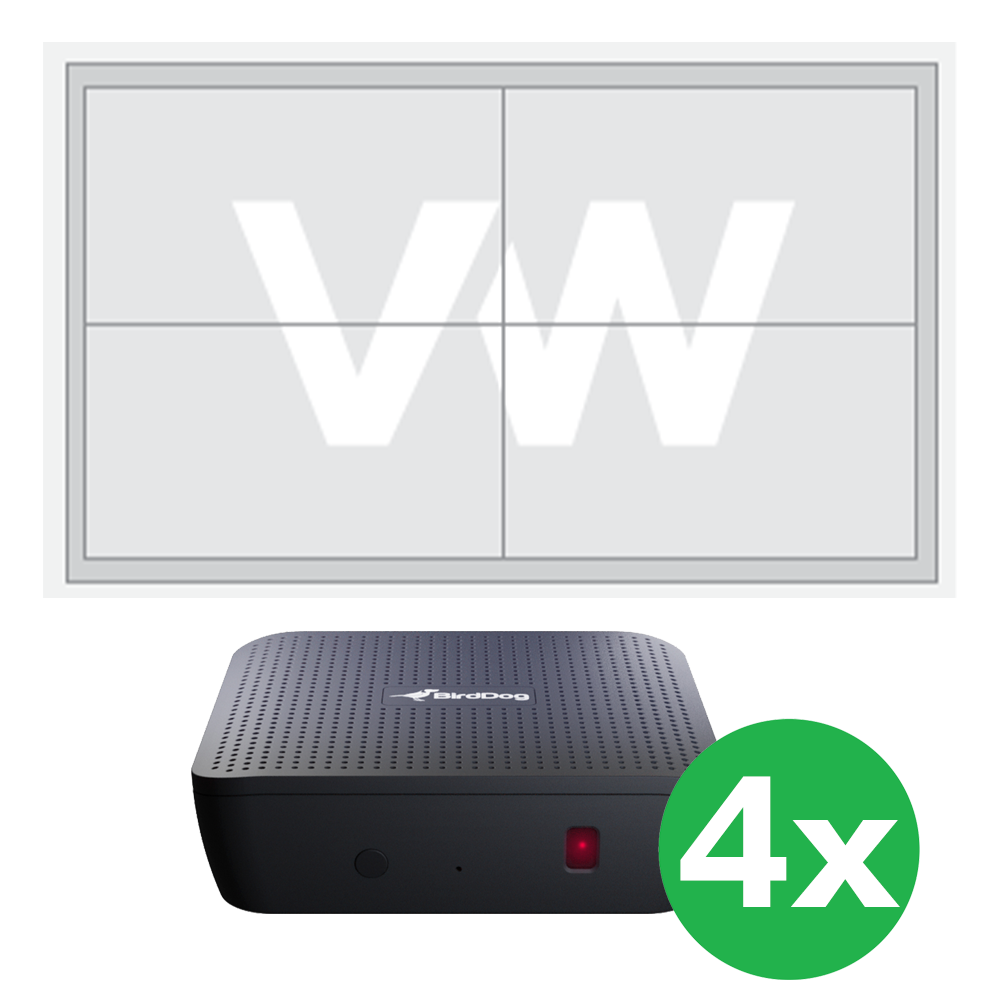
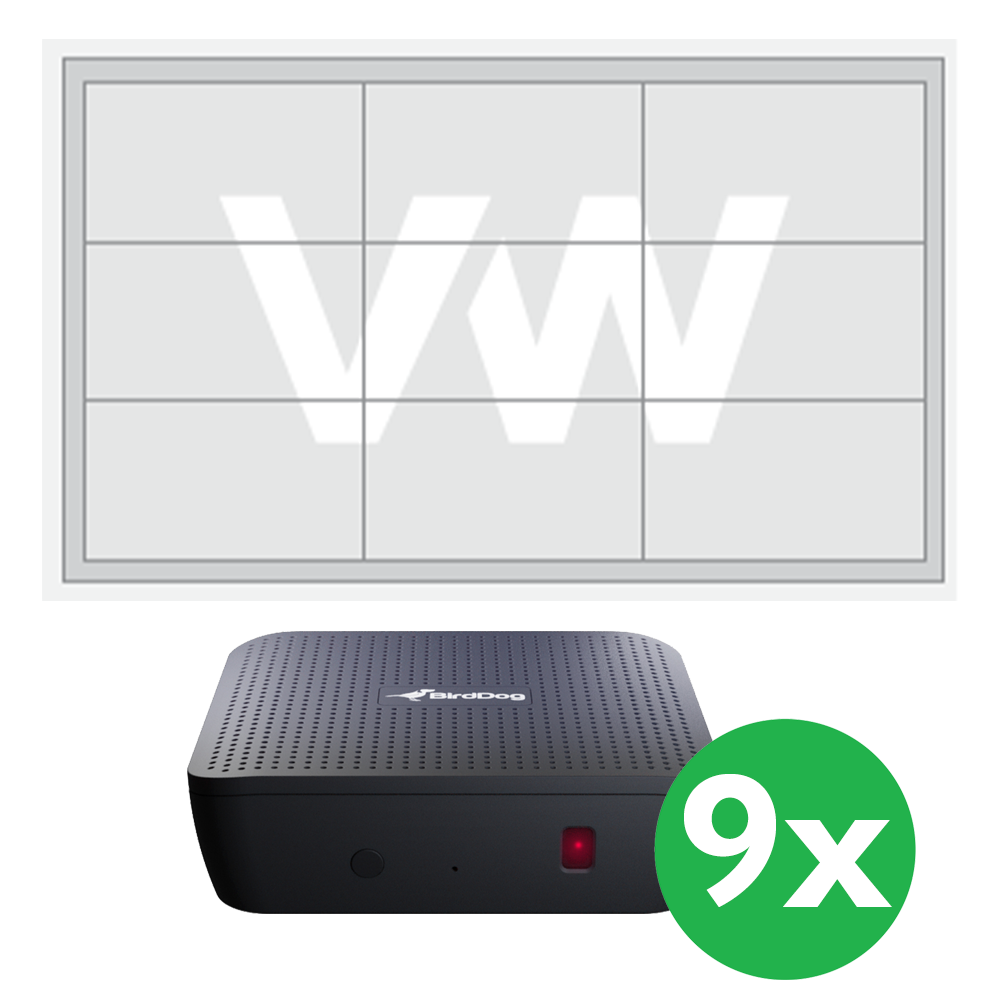
Generate playlists. Just add Central 2.0.
With Central 2.0 you can create playlists out of your own media files. Use the free Central 2.0 Lite for a single VideoWall configuration or Central 2.0 Pro to push the same content to multiple VideoWall setups simultaneously.
Windows 11 System Tray App.
VideoWall lives in your Windows 11 System Tray for easy access anytime. You can pin it to your desktop or close it without affecting the NDI® stream.
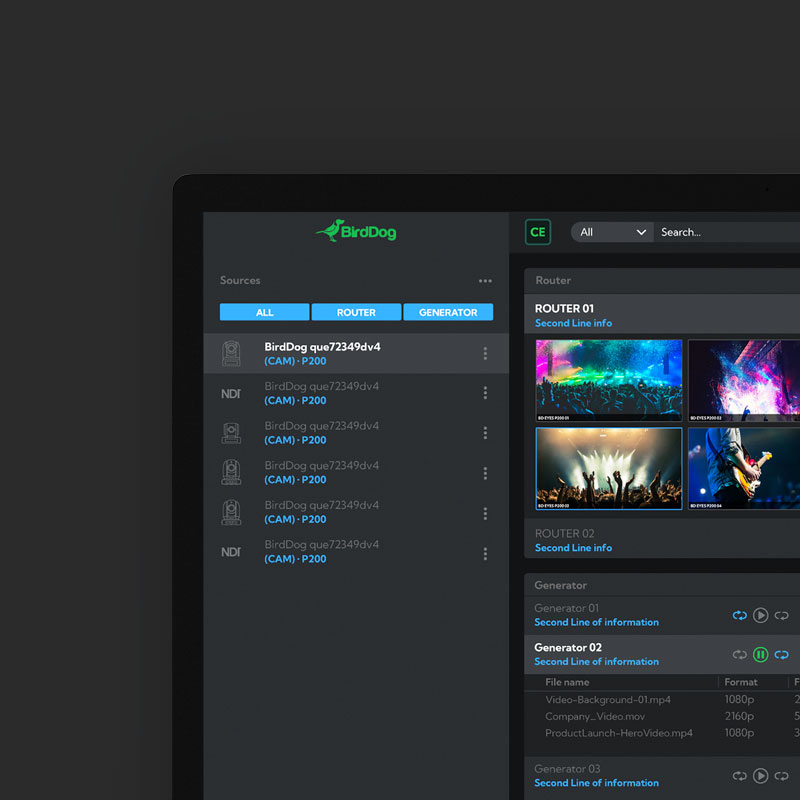
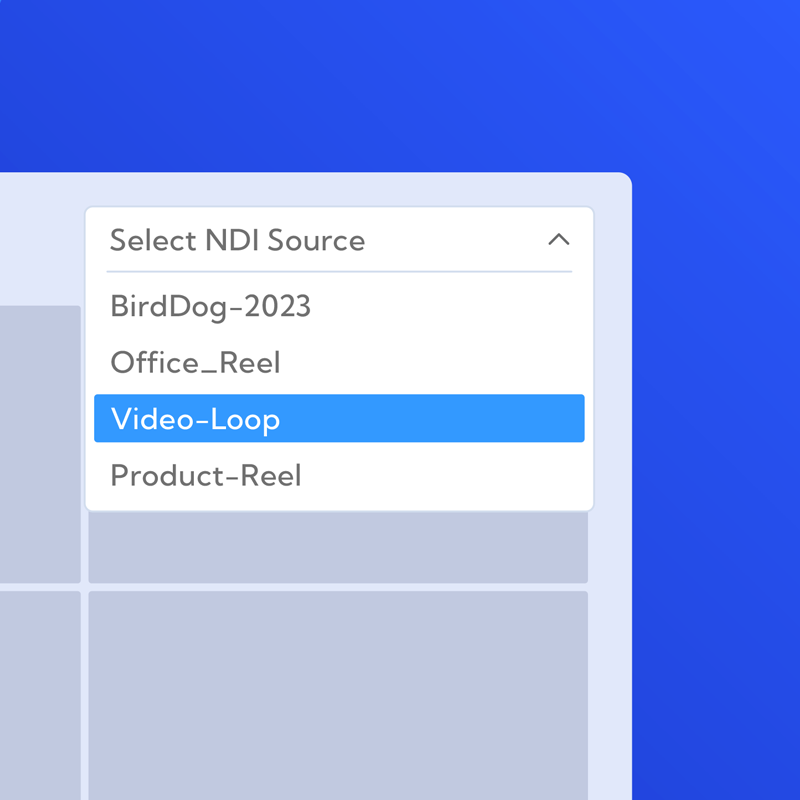
Power with no wall warts.
PLAY is powered by USB so you can simply plug into the USB of the screen to power the PLAY hardware, and SDM lives inside the NEC Messenger series display and requires no external power input.
Change content in 2 clicks.
Click drop-down menu. Click source. Look at you go! VideoWall is now updated and you can now go back to watching videos on YouTube. This cute panda video is a good place to start.
Super Easy Networking.
With the Videowall and PLAY / SDM solution, the networking side is a breeze. All you need is a 1GbE cable to each BirdDog PLAY, and a Layer-3 DHCP enabled network switch. Connect each PLAY or SDM to the switch, connect the switch to the Windows machine running VideoWall and you are all set.
Effortless Configuration.
VideoWall allows each PLAY or SDM to be assigned to each screen from within the application without needing to open the PLAY or SDM interface. Once each PLAY or SDM has been assigned to each screen that’s it, you are all set never need touch the settings again.
